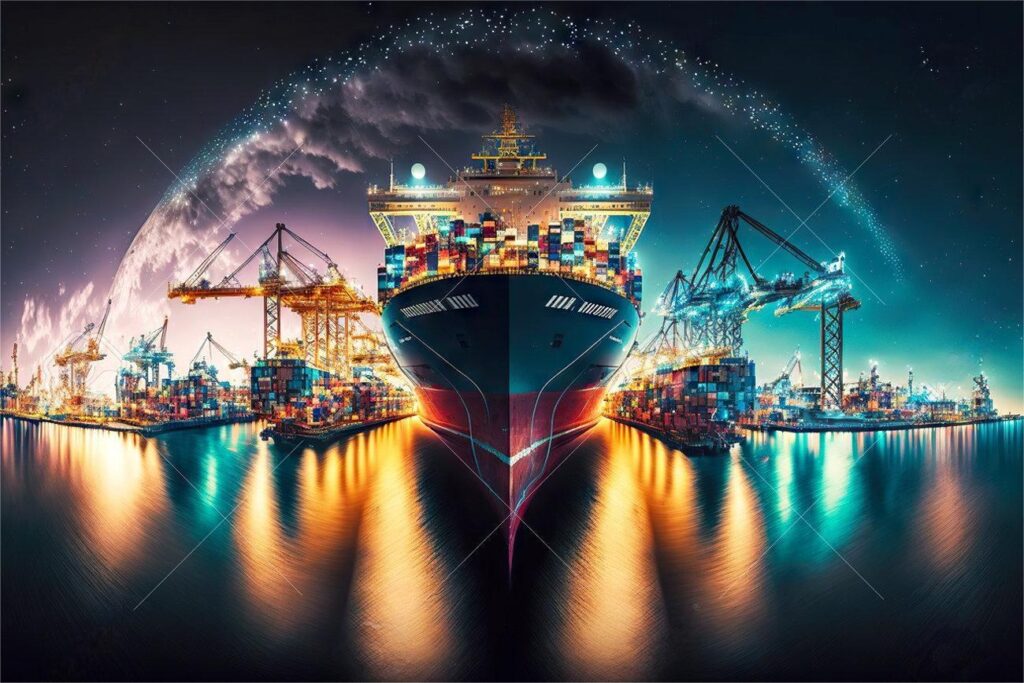As someone regularly managing cargo volume shipping from China to the Philippines, I quickly learned the importance of real-time container tracking. When using a trusted sea shipment provider China to Philippines, I now expect more than just an estimated arrival date—I need full visibility from port to port.
1. Choose a Provider with Real-Time Tracking Tools
Not all freight forwarders offer transparent tracking. I make sure my sea shipment provider has a platform or API-based system where I can input the container number or bill of lading to get real-time location updates and estimated arrival times.
2. Use the Container Number or B/L for Online Tracking
Once my cargo is loaded, I receive a container number or B/L (Bill of Lading). I input this into either the shipping line’s official tracking portal or a third-party global container tracker like MarineTraffic or GoComet to see current vessel location and container status.
3. Enable Notifications for ETA Changes
Because weather or port congestion can affect delivery, I subscribe to automated alerts. This helps me adjust internal planning, especially when managing high-volume shipping from China to the Philippines, where one delayed container can disrupt an entire order cycle.
4. Monitor Port Activity for the Philippines
I also monitor Manila, Cebu, or Davao port activity to better anticipate customs clearance and unloading delays. Most sea shipment platforms give visibility into when a container is offloaded, moved to customs, or cleared for pickup.
5. Communicate with Your Local Forwarder
Even with digital tracking, my local forwarder in the Philippines provides essential updates about container clearance, delivery to the warehouse, and any unexpected issues. Real-time visibility works best when paired with reliable local communication.

People Also Ask (PAA)
1. How do I track an ocean container from China to the Philippines?
Use the container number or bill of lading in the shipping line’s tracking system or third-party platforms like MarineTraffic.
2. Which sea shipment provider offers container tracking?
Top providers like COSCO, CMA CGM, and trusted freight forwarders offer integrated tracking platforms for real-time monitoring.
3. Can I get alerts for ETA changes on Philippines-bound containers?
Yes, most tracking tools let you enable SMS or email notifications for changes in vessel schedule or port activity.
4. Is real-time tracking available for bulk or consolidated cargo?
Yes, but tracking is usually by container, so consolidation may require updates from your forwarder if you share space.
5. What should I do if tracking info hasn’t updated in days?
Contact your shipping provider or freight forwarder directly—they can confirm vessel position and check for data delays.
